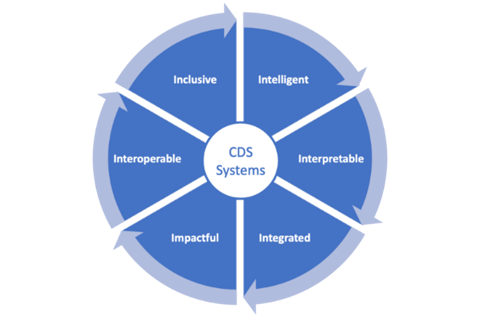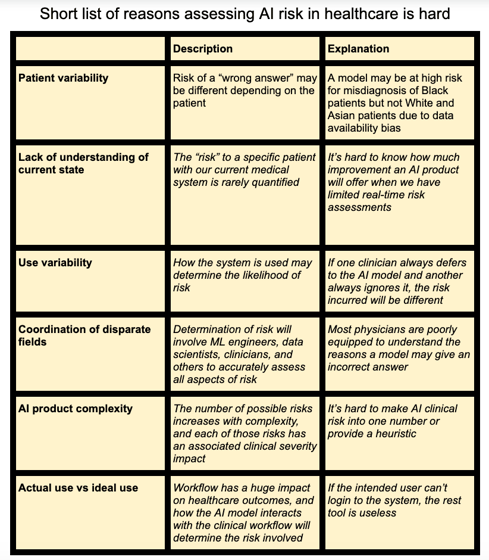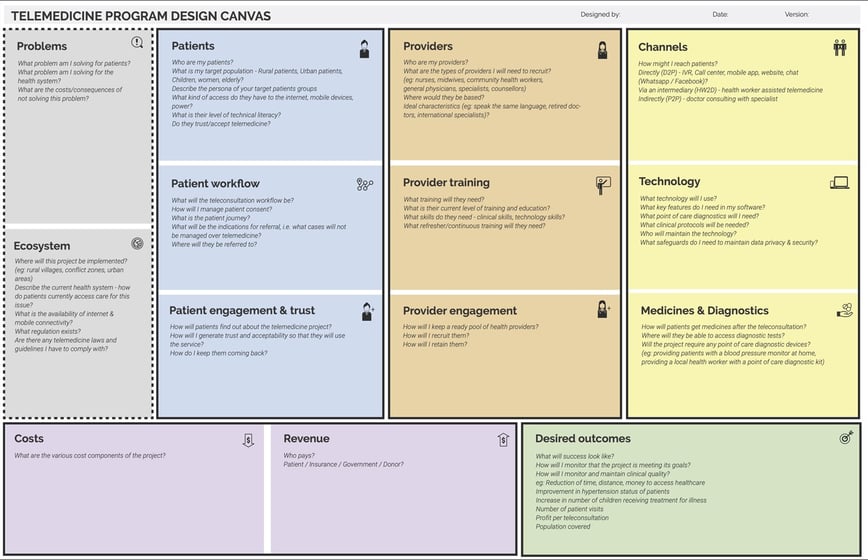🎨 Telemedicine design canvas, Clinical decision support implementation guide, and more
7th September, 2023
Kevin Sam
2 min read
Hiya 👋
We’re back with another edition of the digital pharmacist digest!
Here are this week's links that are worth your time.
Thanks for reading,
Kevin
📖 What I'm reading
Supporting clinical decisions with health information technology: An implementation guide for clinical decision support systems
🤖 Artificial Intelligence and 🩺💻 Health informatics
“Transformation of healthcare services with CDS (clinical decision support) requires consideration of several critical success factors – encapsulated by the six Is: inclusive, intelligent, interpretable, integrated, impactful, interoperable. Furthermore, there are five core principles for CDS design: providing the right information, to the right person, in the right format, through the right channel, at the right time. Local teams can maximise their likelihood of successful CDS implementation through early consideration of key elements including strategic alignment, addressing workforce issues, barrier identification and ensuring interoperability.”
Clinical AI Risk: Current and Future State
💊📈 Patient Safety and 🤖 Artificial Intelligence
"AI clinical risk = AI technical risk + clinical risk."...
"Crucially, there are also risks to not using AI."
"It’s helpful to think about the risk of not using AI in the context of areas of possible harms, each of which has an associated severity and likelihood:
Harms to patients
Harms to systems
Harms to users"
The Telemedicine Program Design Canvas: a visual tool for planning telemedicine interventions
🩺💻 Health informatics and 👨💻 Product management
"We identified 14 key domains across six broad categories that project implementers must consider for successful telemedicine program execution."
"Implementers may fill out the canvas in any order. Within each box, example questions to be answered are indicated. These are merely intended to be a starting point for the discussion and may not be relevant to all interventions. The first section (gray) is the project background—namely, the problems to be solved and the program's environment. Telemedicine interventions are multisided market models connecting patients with providers. The second section (blue) addresses demand-side factors—the target patient population, the patient workflow, patient engagement and trust. Supply-side factors (orange) come next, including providers, provider training and provider engagement. The following section (yellow) includes the tools needed in the program—the channels that may connect patients and providers, technology, medicines and diagnostics required. The following sections go through costs and revenues (purple), followed by the project's desired outcomes (green)."
Are you enjoying this digest? It would mean a lot if you'd consider forwarding it on to someone that you think would also appreciate it!
Stay up-to-date with the Digital Pharmacist Digest
Any comments provided are personal in nature and do not represent the views of any employer






